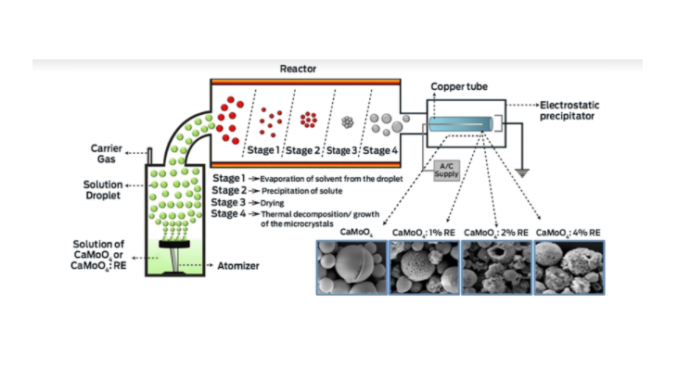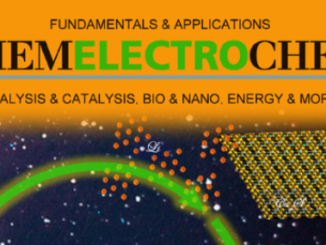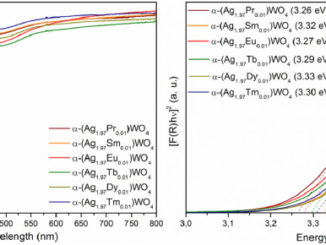
Understanding the White-Emitting CaMoO4 Co-Doped Eu3+, Tb3+, and Tm3+ Phosphor through Experiment and Computation
Abstract: In this article, the synthesis by means of the spray pyrolysis method, of the CaMoO4 and rare-earth cation (RE3+)-doped CaMoO4:xRE3+ (RE3+ = Eu3+, Tb3+, and Tm3+; and x = 1, 2, and 4% mol) compounds, is presented. The as-synthesized samples were characterized using X-ray diffraction, Rietveld refinement, field emission scanning electron microscopy (FE-SEM), Raman spectroscopy, and photoluminescence (PL) spectroscopy. To complement and rationalize the experimental results, first-principles calculations, at the density functional theory level, have been performed to analyze the band structure and density of states. In addition, a theoretical method based on the calculations of surface energies and Wulff construction was applied to obtain the morphology transformation of the CaMoO4 and CaMoO4:RE3+ microstructures. The experimental morphologies can be observed in the FE-SEM images. The PL behavior of the Co-doped samples exhibited well-defined bands in the visible region. The samples with 2 and 4% of RE3+ released white emission according to the chromaticity coordinates (0.34, 0.34) and (0.34, 0.33), respectively. The present results provide not only a deep understanding of the structure–property relationships of CaMoO4-based phosphor but also can be employed as a guideline for the design of the electronic structure of the materials and the fabrication of photofunctional materials with optimal properties, which allows for the modeling of new phosphors for applications in solid-state lighting.
Author(s): Tranquilin, R. L. ; Lovisa, L. X.; Almeida, C. R. R. ; Paskocimas, C. A. ; Li, M. S.; Oliveira, M. C. ; Gracia, L.; Andres, J. ; Longo, E.; Motta, F. V. ; Bomio, M. R. D.
J. Phys. Chem. C
Published: July 9, 2019




